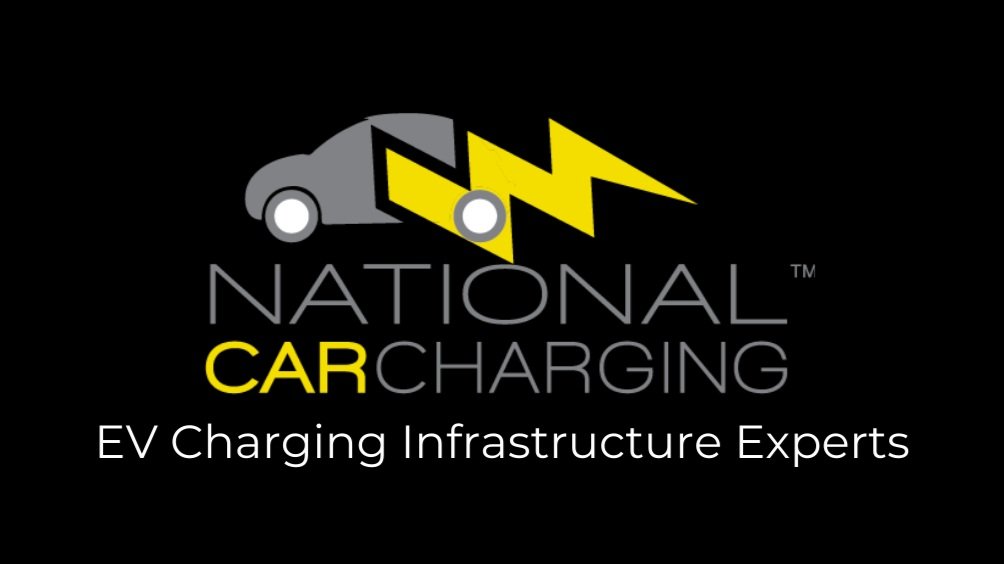Making the Grid Stronger with EVs.
How widespread EV adoption will stabilize the grid and make it decidedly more efficient.
Written by Bill Blomberg
Even though the world is moving ever more quickly to widespread, soon-to-be majority, EV adoption, there remains a stubborn clique that will grasp at any and every straw to denigrate, nay-say, and belittle all things EV.
A favorite talking point concerns the demand EVs bring to the grid, and how it will cause a permanent state of rolling blackouts. Not only is this false, the very opposite is true. In fact, widespread EV adoption will stabilize the grid and make it decidedly more efficient than it is at present. What’s more, it will do this all the while facilitating the expansion of clean, Made-in-the-USA wind power.
How can this be?
To understand this, one needs to know two things – first, our electrical grids have always been challenged by seasonal and daily demand peaks and troughs which traditionally (i.e. “fossilly”) must be 100% met with power generated in real time – that is, satisfied NOW, without benefit of battery storage to shift generated energy from low-demand periods to higher ones.
Second, windmills produce more energy at night (when demand is low) and therefore must be under-deployed lest their output (and associated capital costs) be wasted. Battery storage solves that problem as well – power that has no outlet in the wee hours, if storable, can suddenly be used to offset daytime peaks.
Battery storage is a win-win.
Storage mitigates grid management’s greatest problem (peaks and valleys) while also improving the economics of already cheap wind power.
There’s only one problem – storage, though getting cheaper, is expensive. Furthermore, it is not enough to merely store excess energy – you have to be able to give it back when the conditions merit. Here’s where EV’s will come to the rescue.
Widespread EV deployment, with their already-paid-for, at-the-ready batteries, in conjunction with nascent “Vehicle-to-grid” (V2G) technology, will provide much of the needed storage (for “free” as this grid storage use is obviously in addition to their main raison d’etre) and will couple that with the ability to return power to the grid during times of peak demand, thereby actually preventing, not causing, brownouts.
Additionally, time-of-day pricing – now widely available – means that EV owners using V2G will mostly charge at night (already doing a lot of that anyway) when prices are low (thanks to wind) and be able to return energy to the grid at peak, when prices are higher. Or simply use their car to power their house directly mid-day, cutting out the middleman utility at its peak (coal- and gas-fueled) rates.
The Future is Now.
If all this sounds theoretical or futuristic, well, the future is now. Ford is already touting this capability in its F-150 Lightning pick-up:
F-150 Lightning with available Ford Intelligent Backup Power can provide power and security during an electrical outage – the first electric truck in the U.S. to offer this capability; in the future, new features will offer additional ways to manage energy use and potentially save on energy costs1
While Ford is placing emphasis on the emergency value that V2G offers when the grid is down, it is inevitable that the V2G economics under normal conditions will see all manufacturers clamoring to offer this, as consumers will insist on it, and utilities will love it.
So to all the disappointed doomsayers, when their gleefully anticipated grid disruptions fail to materialize, a heart-felt “You’re welcome.”
1. https://media.ford.com/content/fordmedia/fna/us/en/news/2022/02/02/f-150-lightning-power-play.html
ABOUT BILL BLOMBERG
Bill Blomberg is the lead Service Director at National Car Charging & Aloha Charge. Bill came to NCC and Aloha Charge after a diverse career in aerospace, engineering pyrotechnics, and telecommunications.
With a degree in Mechanical Engineering from Stony Brook University, Bill started as a Project Engineer at RCA Astro Electronics working on SATCOM communications, NOAA meteorological satellites and Space Shuttle subsystems.
After an extensive career in aerospace engineering, Bill joined Lucent Technologies and subsequently Avaya as a Program Manager.
Most recently, Bill serves as a project manager at RingCentral working with large US and international clients on deploying and configuring enterprise-level internet-based telephony systems. Bill’s wide experience in customer-facing roles paired with his technical and trouble-shooting background make him an excellent fit to help keep EV chargers up and running.




